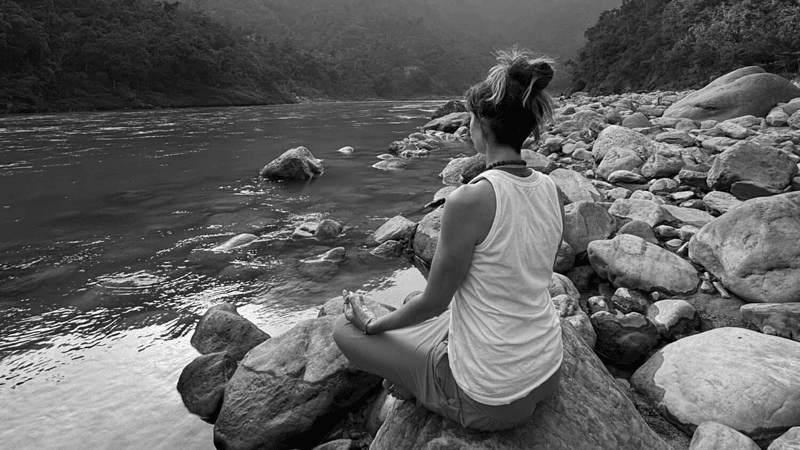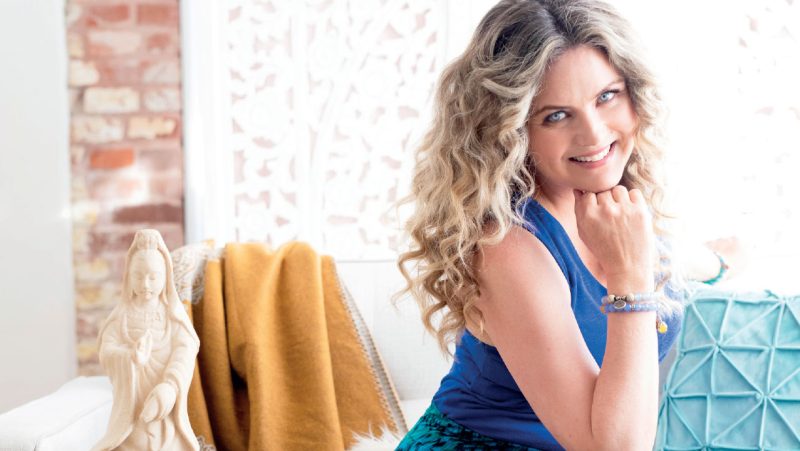7 ways to switch on your conscious creativity and thrive. By Nick Seneca Jankel
Conscious Creativity
Many of us are inspired by the unique power creativity has to improve our lives (and our world). The more we can create with the world, as opposed to reacting to it with habits and old beliefs, the more we thrive. Then we flourish not despite our challenges, but actually because of them.
The more creative we become in the mundane moments and complexities of everyday life, the more we can metabolise our problems and worries into fuel for ever-more love and liberation. I’m not just talking about creativity in terms of art, crafts and the creative industries. We are talking about those quotidian acts of conscious creativity that drive a brilliant, rewarding and nourishing life: a new way to respond to our lover so we avoid a fight; a fresh approach to being a boss that inspires our team to embrace a new future; an innovative way to play with our kids so they can feel safer, happier, freer. Creativity is a fundamental driver of evolution and surviving; conscious creativity is the core driver of human growth, learning and thriving.
Unleash your creativity now:
1. Remember you are creative in your DNA
Pause for a moment and feel, right now, the hundreds of trillions of cells that make up your body/mind. Each one is alive and autopoietic (it creates itself). Which means you are creative in your essence, no matter what your old art teacher, uncle, or boss said to you. Every chromosome, cell membrane, organ, and neurone within you is fundamentally creative. You can break through anything you choose to.
2. Bring all your attention to a problem you want to breakthrough
Although we want to let go of old ideas and habits, first we must bring a challenge and issue into our awareness, focusing our brain and body on it. It can be a challenge in our relationships, in our career, in our marketplace, in society. Anything is raw material for a problem. As we bring it to our attention, we signal to our brain and body that we are ready to create.
3. Feel the problem all over; don’t just think about it
We are fully embodied minds. The science of embodied cognition is showing us that we think with our whole body, not just our brain. The insula cortex is able to sense our body’s intelligence and feed it into the emotional parts of the brain. Elite athletes and soldiers have highly developed insulas because they are so highly tuned to their bodily senses. The more we feel the problem, as opposed to just think about it, the more we recruit our emotionally-guided nervous system for a breakthrough.
4. Notice the habitual ways you have of dealing with this problem or ones like it
How do you usually react? What behaviours do you show? What thoughts do you have about the situation or any of the people in it? What do you assume about those involved? What are you being right about? What feelings do you usually have? Are any of them stressful, tense or fearful?
5. Find your still point to step out your comfort zone
Before you can let go of all those old habits, assumptions and ideas it helps to reconnect your heart to something bigger than your worries and fears. What inspires you most about the creative spirit? Can you use mindfulness or meditation to find a still point, where you can step out of your comfort zone? How can you unblock any connection you have to the universe you are intrinsically part of?
6. Let go of anything that holds you in the past
You can break through anything, if (and it’s a big if ) you are prepared to get out of the way of yourself by jettisoning each and every assumption that is holding you back. Take a break, have a bath, just start writing. Whatever it takes to let go.
7. Let the ‘a-ha’ out
Allow a fresh insight or idea to emerge from within. Allow it to come into your heart and mind without censorship, cynicism or self-criticism. Creativity is at its peak when we get out of the way of ourselves. You have to get the Tiny Me out of the way of the Great We so an a-ha can burst through you. In Taoism, this concept is called wei wu wei, which can roughly be translated as ‘doing not doing.’ Action is occurring. Things are being created. Yet it is not the ‘I,’ in the sense of the Tiny Me, that is doing all the work. We are totally attuned and attentive, yet have let go of control. This same concept is present in Indian wisdom as ‘actionless action.’ It is similar to the experiences people describe as flow states.
When we do things in a way that doesn’t feel like there is an ‘I’ doing them – an I that is a small, fearful Tiny Me (our ego) – we allow breakthroughs to come through us. We become ‘entangled’ with the thing we are creating. We are the subject, object, and verb all at once. We are not merely the dancer; we are the dance and the dancing too. We are not just the scientist; we are the science itself. We are not just the lover; we are the loving and the lovemaking too.
Ideas are not simply ‘ours.’ They come through us. We co-create them with the universe we are part of. The more we work at clearing out our old assumptions and letting go of control, the more ‘fitted’ and brilliant the ideas ‘we’ have.
Nick Seneca Jankel (nickjankel.com) is the author of Switch On: Unleash Your Creativity & Thrive with the New Science and Spirit of Breakthrough, published by Watkins, an imprint of Watkins Media.







